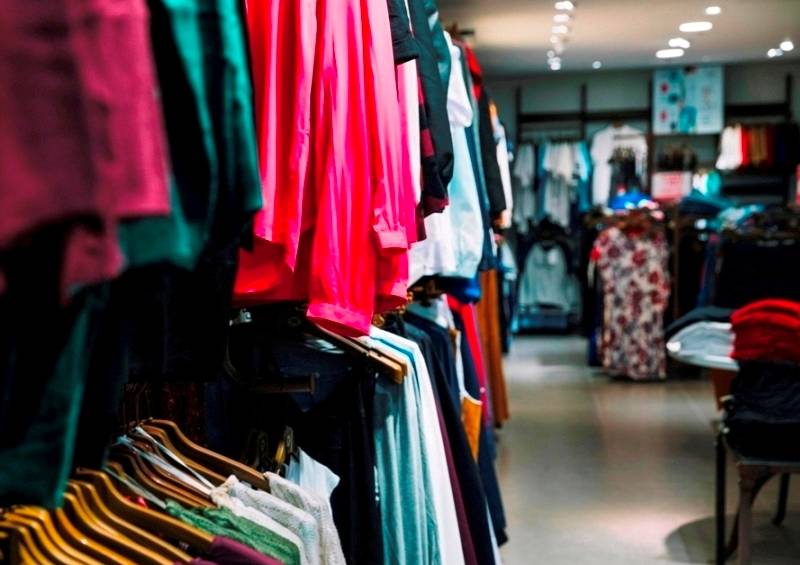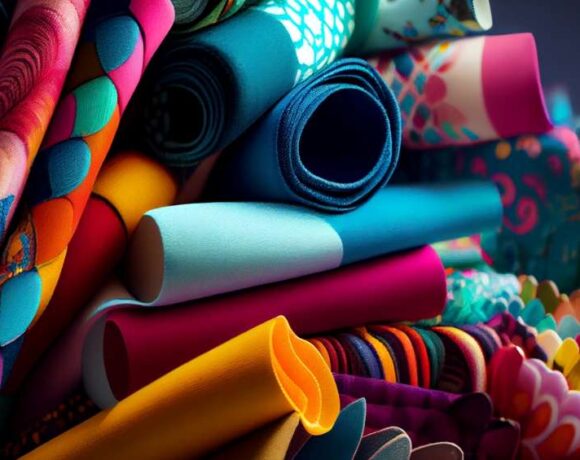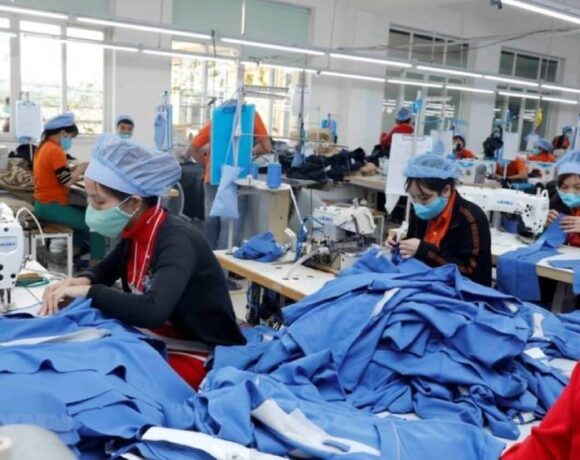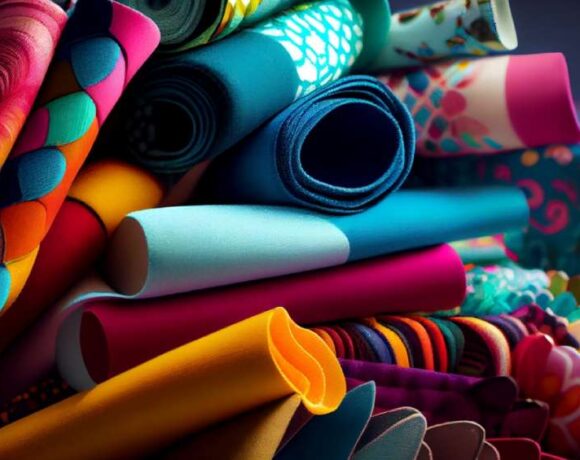Infusing $18bn To Help Bangla MMF Apparel Exports Touch $42bn

The Bangladesh garment industry has the potential to boost its non-cotton or manmade fibre (MMF) apparel exports to US $42 billion by 2032 at an additional investment of $18 billion.
This was revealed in a study conducted by the Bangladesh Garment Manufacturers and Exporters Association (BGMEA) done by an Indian research firm Wazir Advisors.
The study titled ‘Beyond Cotton: A Strategic Blueprint for Fibre Diversification’ informs that the country’s MMF apparel export is valued at $15.6 billion as against overall garment export of $46.99 billion.
The study found that Bangladesh’s cotton clothing exports were focused only on four categories including t-shirts, jerseys, and woven trousers that collectively command a 63 percent share.
The study estimated that an investment of around $18 billion in yarn, fabric and garment manufacturing is required to forge a fully integrated value chain that aligns with the aspirations set for the vision 2032.
Of the investment, $4.6 billion will be required for fibre, filament and yarn manufacturing, $9.2 billion for fabrics manufacturing and $4.2 billion for apparel production.
“The new investment will create additional employment for over 18 lakh people,” the study observed.
The report also identified lack of technical know-how and limited upstream capacities as the key challenges for establishing a non-cotton value chain in Bangladesh.
Varun Vaid of Wazir Advisors pointed out the global trend of using non-cotton fibres, which accounts for 75 percent of garment production, while in stark contrast it is only 29 percent in Bangladesh exports.
“We want to take our global market share from 7.87 percent to 12 percent by using MMF, as unit prices of MMF clothing were higher than cotton-made items,” BGMEA President Faruque Hassan said.
Faruque Hassan said a concept that Bangladesh mainly produced basic garment items is not true anymore as the country now produces high-value items like jackets, with unit prices exceeding $100.
Hassan added that use of MMF in apparel manufacturing in Bangladesh had also increased to 29 percent from 25 percent over the past three years.














